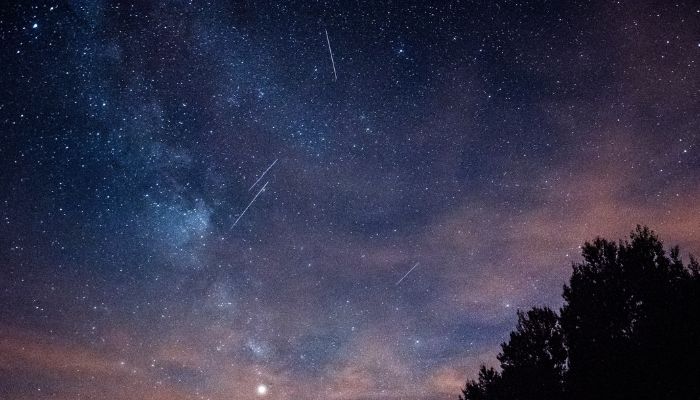
Eager stargazers are in for a celestial treat as the Geminids meteor shower, renowned for its brilliant display, takes centre stage this week.
Set to peak during mid-December, this annual meteor shower promises an awe-inspiring spectacle, reaching its zenith on Wednesday night into Thursday morning. Brace yourselves for a visual feast as up to 120 meteors per hour could light up the sky, potentially offering a meteoric spectacle every minute, as confirmed by NASA.
This year’s conditions are ideal for catching this mesmerising display as the Geminids peak just after the new moon. With minimal lunar interference, the night sky is primed for an unparalleled showcase of radiant meteors.
In the darkness of a moonless night, the Geminids are expected to adorn the celestial canvas with vivid streaks of colours, often showcasing a mesmerising greenish hue — a distinctive trait that sets them apart in the meteor shower lineup, according to NASA.
How to watch Geminid meteor shower?
To catch this breathtaking show, enthusiasts worldwide can anticipate the Geminids' stellar display during the night and predawn hours, offering a cosmic delight for young and old alike.
In the Northern Hemisphere, meteor sightings may begin as early as 9pm or 10 pm local time, treating observers to a gradual increase in meteor numbers throughout the night, reaching its peak around midnight and continuing into the early morning hours.
For an optimal viewing experience, seek a vantage point away from urban lights and come prepared with warm gear for chilly weather. Lie back, face south, and gaze upward to witness the celestial magic unfold.
















